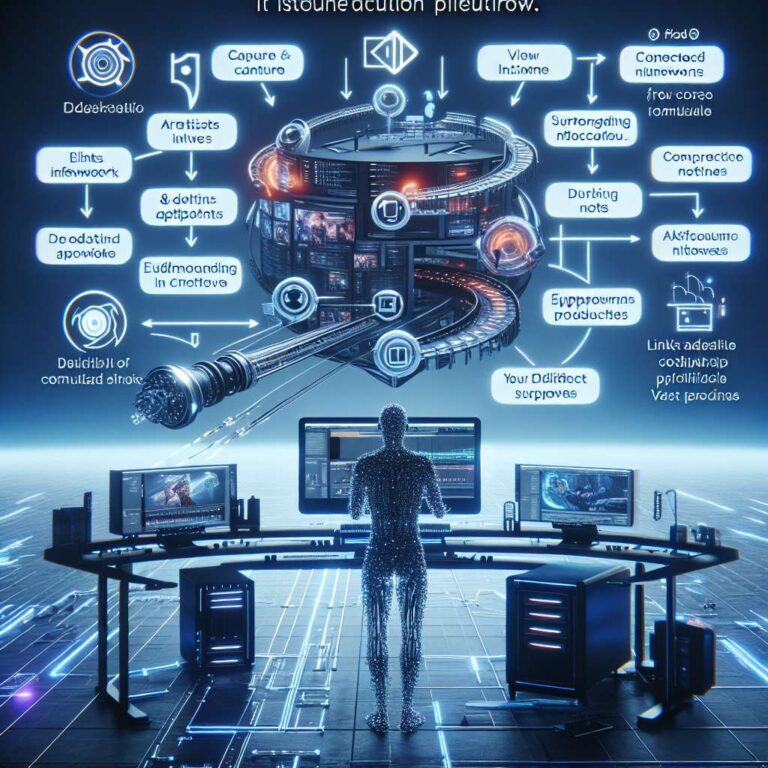At Autodesk University 2025, Diana Colella, EVP and head of media & entertainment at Autodesk, framed Artificial Intelligence as a substantive, production-ready force rather than a buzzword. In a sit-down interview she emphasised that Autodesk is shipping products now that studios can use today. Colella highlighted tools such as Flow Studio and MotionMaker, noting that Flow Studio is available for free and MotionMaker is already integrated into Maya. Her argument is practical: these are working tools used in TV and film production to address real-world bottlenecks.
Flow is presented not as a single product but as a collaborative framework that organises and unifies production data across capture, post-production and distribution. By linking legacy desktop applications like Maya and 3ds Max to a live, connected network, Flow allows artists to animate in context, view surrounding shots and access editorial notes directly in their workspace. The architecture is deliberately open so studios can retain control of their data while enabling the structured workflows that Artificial Intelligence requires. Autodesk positions this model as a way to reduce inefficiencies, enable faster iteration and support large-scale projects with thousands of contributors over many years.
Colella also framed Flow Studio as a democratizing tool for the indie creator economy, the result of Autodesk’s acquisition of Wonder Dynamics, rather than a disruptive replacement for existing pipelines. She stressed that Artificial Intelligence is a productivity tool designed to help creators, not replace them, and outlined Autodesk’s strategy of improving existing products, acquiring proven innovators and researching future workflows. The company aims to serve both major studios and independent filmmakers by giving more creators access to capabilities that were previously expensive or out of reach.

